Sedeveria ‘Lilac Mist’ Info – Learn About Lilac Mist Plant Care
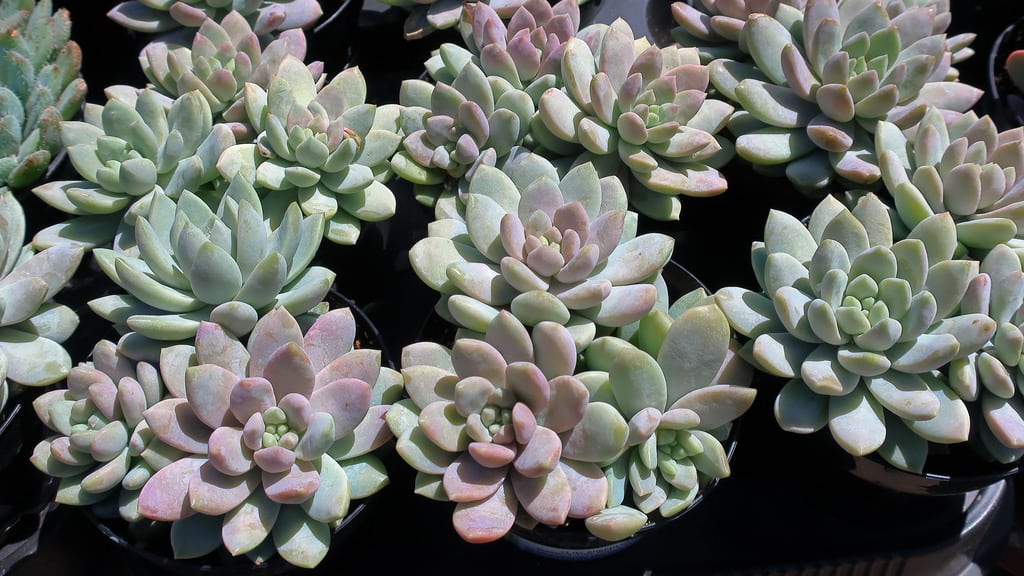

Succulents are more popular than ever these days, and why not? They are easy to grow, come in a range of sizes, shapes, and colors, and they just look really cool. A newer hybrid cultivar called Sedeveria ‘Lilac Mist’ is a great choice if you are just getting into succulents and a perfect addition to any current collection.
What is Lilac Mist Sedeveria?
Sedeveria plants are hybrids of sedum, a diverse and large group of drought-tolerant perennials, and echeveria, a large group of stonecrop succulents that also has a lot of diversity of color and shape. By crossing these two types of plants, you get a whole range of new succulents in exciting colors, textures, growth habits, and leaf shapes. Sedeveria ‘Lilac Mist’ gets its name from the color, which is grayish green with a lilac blush. The shape of the plant is a rosette, with nice fat leaves. It grows compact with a chunky shape. One cutting fills a pot about 3.5 inches (9 cm.) across. This pretty succulent is a great addition to containers of multiple succulents, but it also looks nice by itself. If you have the right climate you can grow it outdoors in a rock garden or desert-style bed.
Lilac Mist Plant Care
Lilac Mist succulent plants are desert plants, which means they need sun, warmth, and soil that drains every time. If planting outside, early spring is the best time. Once you get it established, your Lilac Mist sedeveria will not need much attention or watering. Creating the right soil mix is essential to getting your sedeveria established. The soil needs to be light and loose so add coarse grit, or just start with grit and add compost. If you need to transplant the roots will tolerate the move. During the hot growing season water sedeveria whenever the soil completely dries out. In the winter you won’t need to water as often, if at all. As your plant grows each year the bottom leaves will shrivel and brown. Make sure you remove those to prevent any fungal infections from developing. Beyond occasional watering and removing dead leaves, a sedeveria should thrive without much intervention on your part.
Gardening tips, videos, info and more delivered right to your inbox!
Sign up for the Gardening Know How newsletter today and receive a free copy of our e-book "How to Grow Delicious Tomatoes".

Mary Ellen Ellis has been gardening for over 20 years. With degrees in Chemistry and Biology, Mary Ellen's specialties are flowers, native plants, and herbs.
-
 Looking For Plants To Give You The Soft And Fuzzies? Try These 5 Fuzzy Leaf Plant Options
Looking For Plants To Give You The Soft And Fuzzies? Try These 5 Fuzzy Leaf Plant OptionsLovers of texture, drama, silver foliage and tactile plants will adore these special sensory garden additions. These fuzzy leaf plant options will leave you all aglow
By Susan Albert
-
 Get Ready For A Summer Of Hummers! Grow These Full Sun Hummingbird Plants and Flowers
Get Ready For A Summer Of Hummers! Grow These Full Sun Hummingbird Plants and FlowersIf you’re lucky enough to enjoy a sunny backyard, make sure you are maxing out on your pollinator opportunities and grow these full sun hummingbird plants and flowers
By Tonya Barnett
-
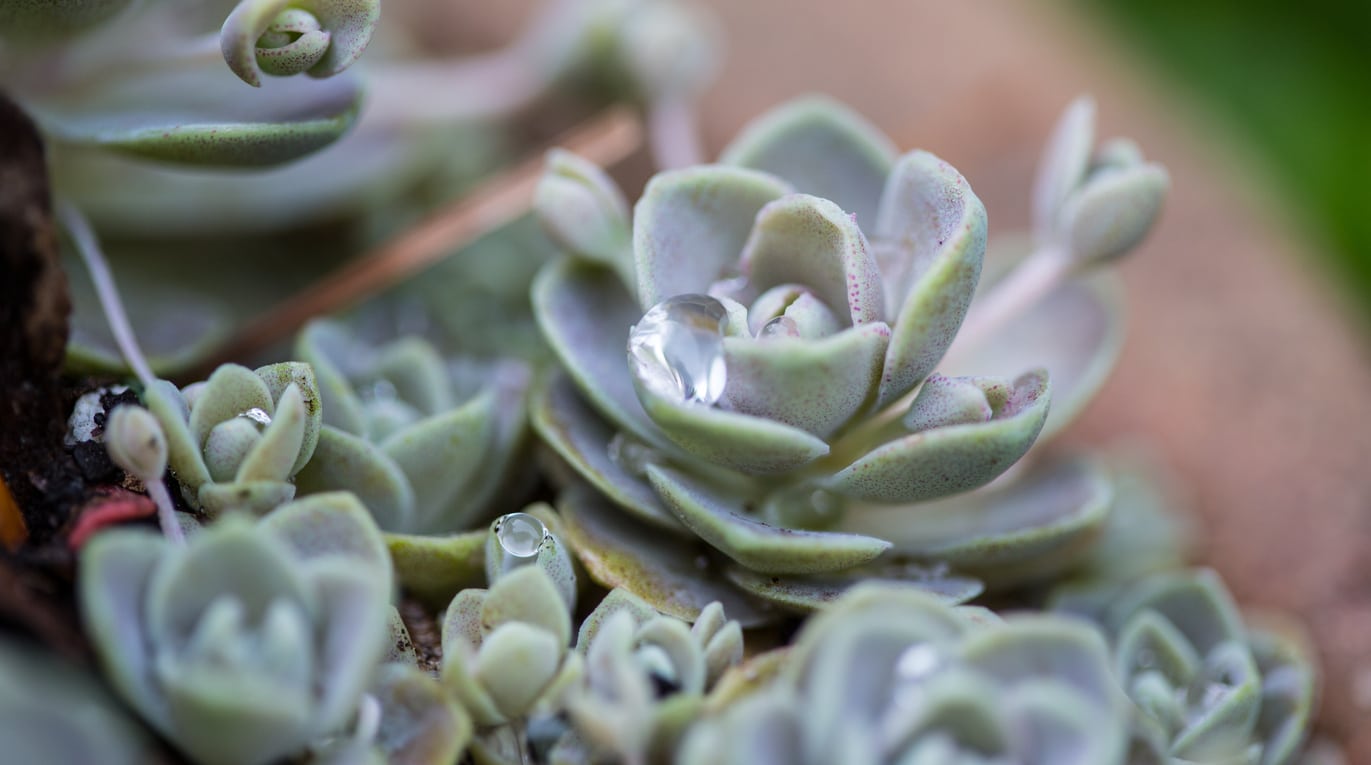 What Is Sedeveria: Information On Sedeveria Plant Care
What Is Sedeveria: Information On Sedeveria Plant CareWhether you are growing sedeveria or just considering growing these succulents, you’ll need some information about their needs and how to meet them. Click on the following article for tips on sedeveria plant care.
By Teo Spengler
-
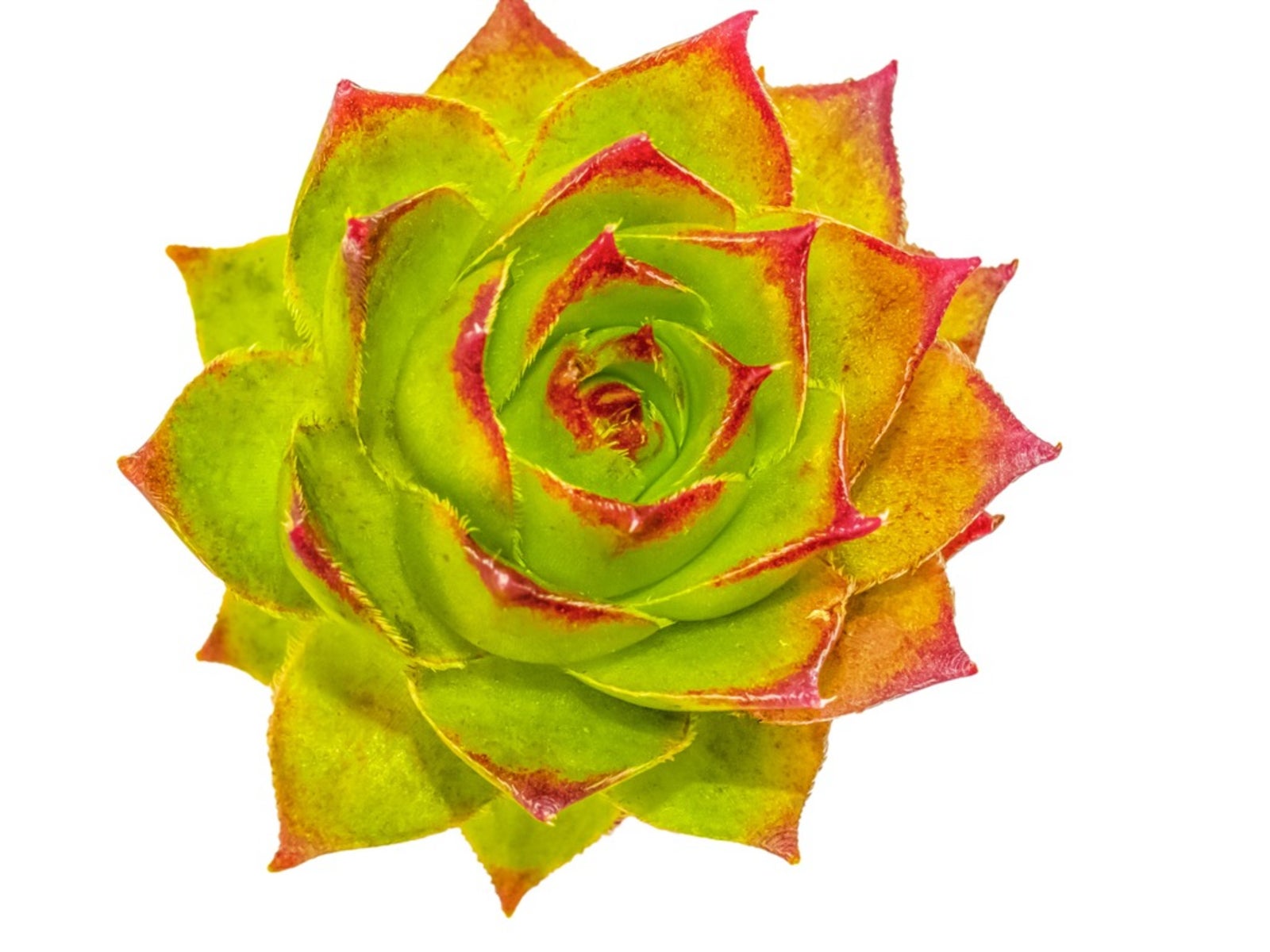 Letizia Plant Care: How To Grow A Letizia Sedeveria Plant
Letizia Plant Care: How To Grow A Letizia Sedeveria PlantIt’s easy to fall in love with a succulent, and Letizia succulents are particularly lovely with small, green rosettes in summer and deep red in winter. If Letizia succulents sound intriguing, click this article for more Letizia information, including tips on Letizia plant care.
By Teo Spengler
-
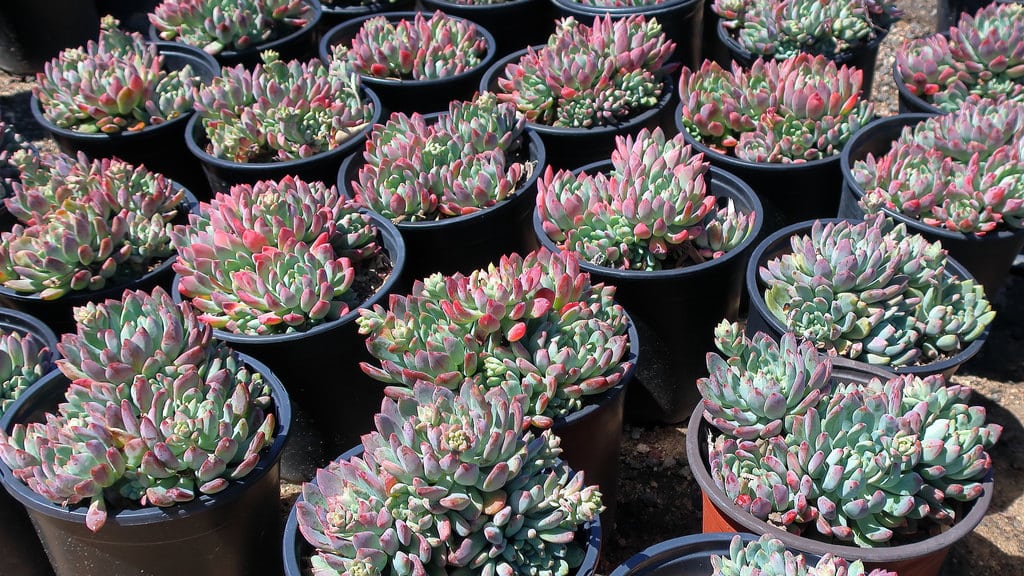 Blue Elf Sedeveria Care – How To Grow Blue Elf Sedeveria Plants
Blue Elf Sedeveria Care – How To Grow Blue Elf Sedeveria PlantsSedeveria ‘Blue Elf’ appears to be a favorite this season, for sale on a few different sites. It is easy to see why it is often marked “sold out” in many places. Learn more about this interesting looking hybrid succulent in this article.
By Becca Badgett
-
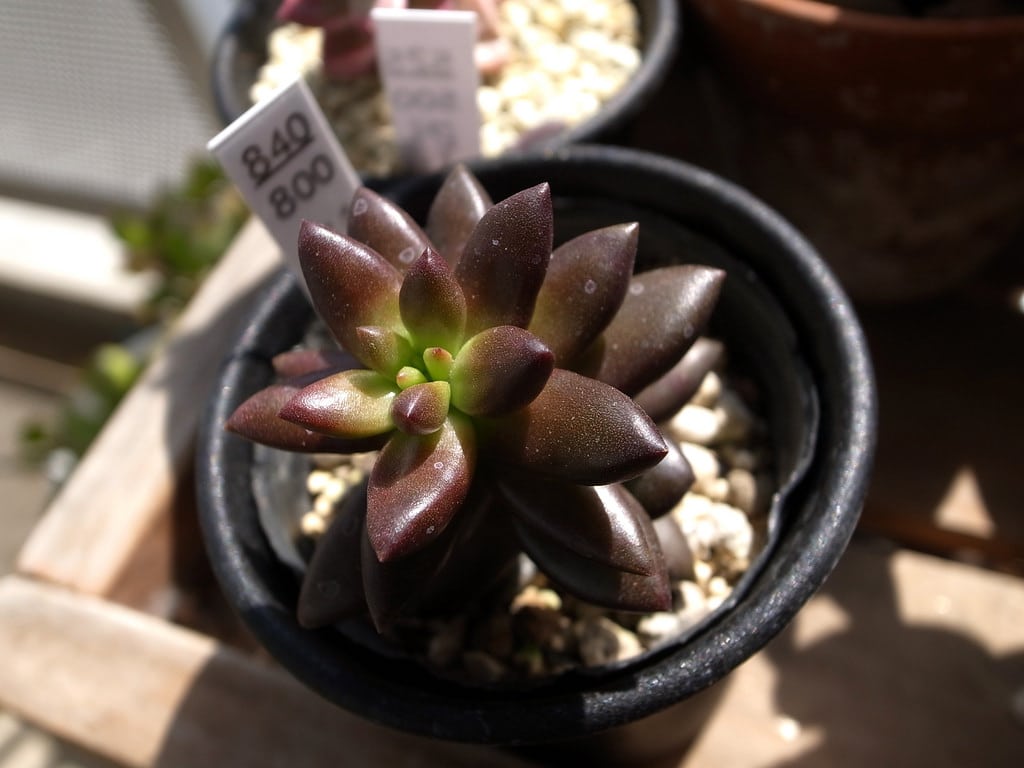 Jet Beads Sedeveria: How To Grow A Jet Beads Plant
Jet Beads Sedeveria: How To Grow A Jet Beads PlantWith their ease of care, succulent plants are ideal gifts for budding gardeners and green-thumbs in training. One such plant, Jet Beads stonecrop is perfect for even the most avid succulent plant collector. Learn more about it in this article.
By Tonya Barnett